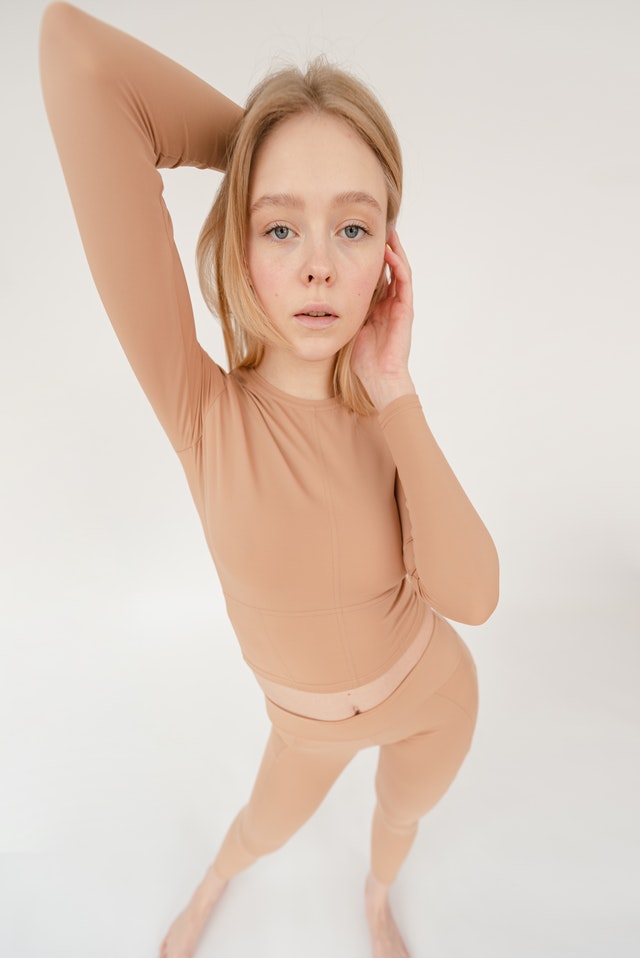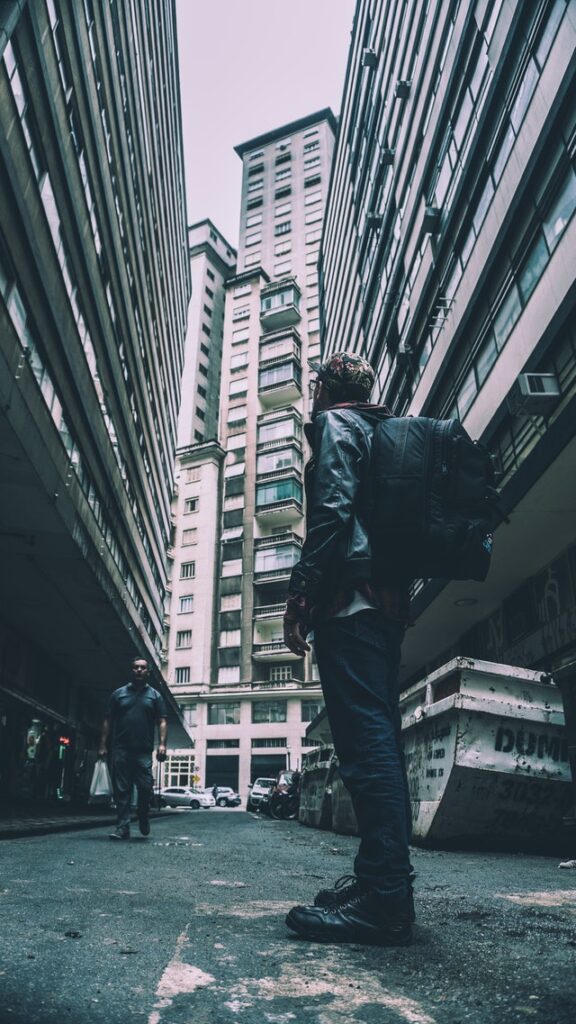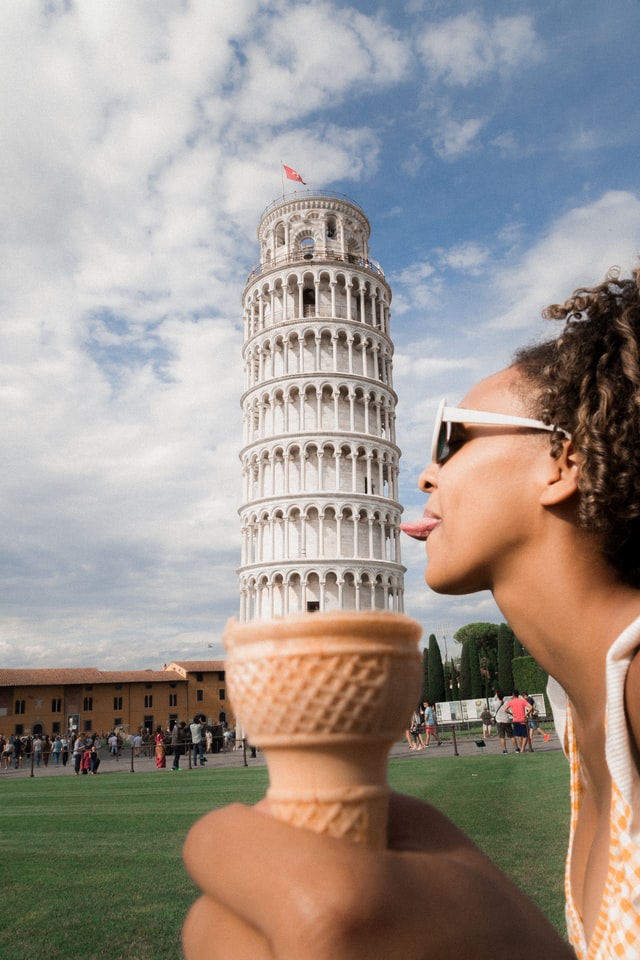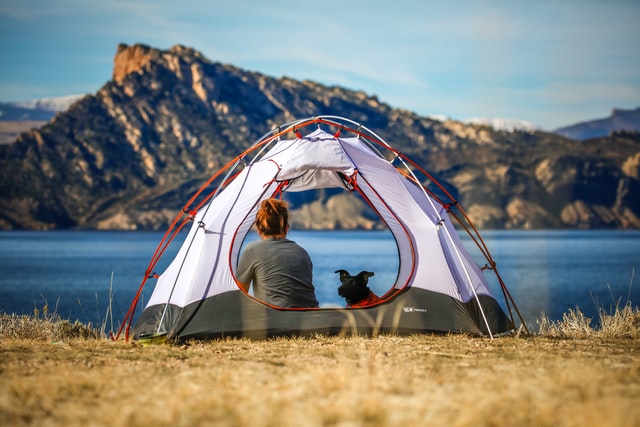Foreshortening is a technique that has been used by photographers for centuries to make objects appear closer or farther away than they are in reality. Foreshortening photography is a creative photography technique and can result in some amazing results , however if not used properly it can turn out to be a disaster.
It is not limited to photography and can be seen in the work of many great painters also , including Vermeer, Caravaggio and Leonardo da Vinci.
In this post we will understand what is foreshortening ? and how it can used in photography to create results that give a specific perspective. We will also see what mistakes to avoid when it comes to foreshortening photography.
What is foreshortening ?
An object or distance may appear to be shorter than it is due to foreshortening, which results from the fact that it is angled toward the viewer. Furthermore, an item is frequently not proportioned equally: a circle can look like an ellipse, while a square might appear as a trapezoid.
Foreshortening is a technique which uses the optics of photography or painting to make an object appear distorted, with its most recessed plane appearing closer to the lens than it actually is.

In traditional linear perspective, big subjects are drawn or painted as if seen from a distance and smaller subjects are drawn closer in proportion to their size. Foreshortening utilizes optical illusions which represent objects as they would be seen by a viewer from a different angle than their position in reality.
Foreshortening photography definition
In photography, foreshortening refers to a displacement of an object between its nearest and farthest points. A nearby subject may appear distorted while a distant subject appears larger and more detailed.

Foreshortening means that some part of a scene that should be parallel to the picture plane is directed out of the picture.

Foreshortening is used in photography to create an illusion of depth, which helps convey a feeling for the environment of the photo.
It can be achieved by positioning yourself at an angle with respect to your subject or by getting close enough to it so that it fills the frame, allowing no parallel lines.
The distortion of size and depth relationships in our subjects owing to distance is known as foreshortening. Close up, the apparent distance (depth) between similar objects, and their relative sizes are clear, if not exaggerated. In a telephoto view, all appear to be roughly the same size and too close together in depth—essentially “flat.”
Foreshortening with wide and telephoto lens
Foreshortening can be achieved with a wide angle as well as a telephoto lens. The type of foreshortening is different though.
Foreshortening with wide angle lens
With a wide angle lens, the foreground is magnified and pushed forward in the picture space. The sky or background recedes into space. Objects in the distance do not appear to be as close together.
Foreshortening with telephoto lens
With a long telephoto, objects are magnified and pushed back from the viewer. The foreground is compressed together in space. Distant objects seem to be relatively closer to each other than they really are; even more so if they were once larger objects.
Foreshortening photography Tips
Foreshortening is a great way to make your photos stand out and give them an extra dimension, but it can also be a tricky technique to master. Follow the tips we have provided below and you will be on your way to taking some impressive images in no time.
Using telephoto lenses for foreshortening: Using a telephoto lens is a great way to produce some really powerful and dramatic images.
Using wide angle lenses for foreshortening: Using a wide-angle, fish-eye or ultra-wide-angle lens will result in an exaggerated appearance of depth that may sometimes be undesirable; however it can work well with certain subjects, such as interiors shots.
Shoot from low down or up high. This is a very simple tip but it really does produce some great results.
The lower you get down to the ground, or climb up onto a high vantage point, the more effective your images will be for foreshortening. This works particularly well with urban landscapes and cityscapes where you can capture subjects such as roads and buildings at extreme angles.
Foreshortening effect by shooting a subject from top can give a feeling of power or domination.
Foreshortening Photography Ideas
Play around with a famous background object. Well we all like to take photographs around famous monuments and buildings. With foreshortening , you can make them really interesting.
In below image you can see how foreshortening dramatically alters the relative size between the leaning tower of Pisa and the female trying to eat it!
You can play this trick with any tall and famous building , you just need to find the right angle and telephoto lens.

Foreshortening can also be used to take some interesting portraits against large objects . Here is an example.

Foreshortening is also used in landscape photography to make the objects in distance to appear much closer than they actually are.





